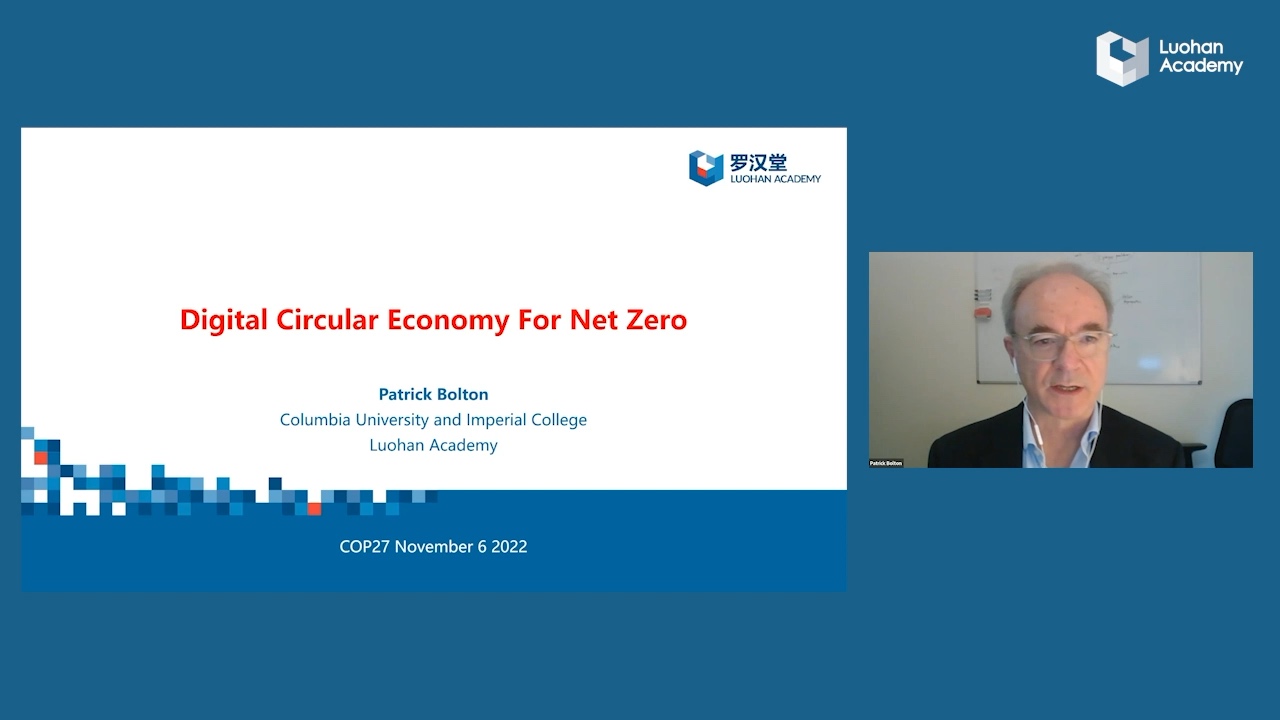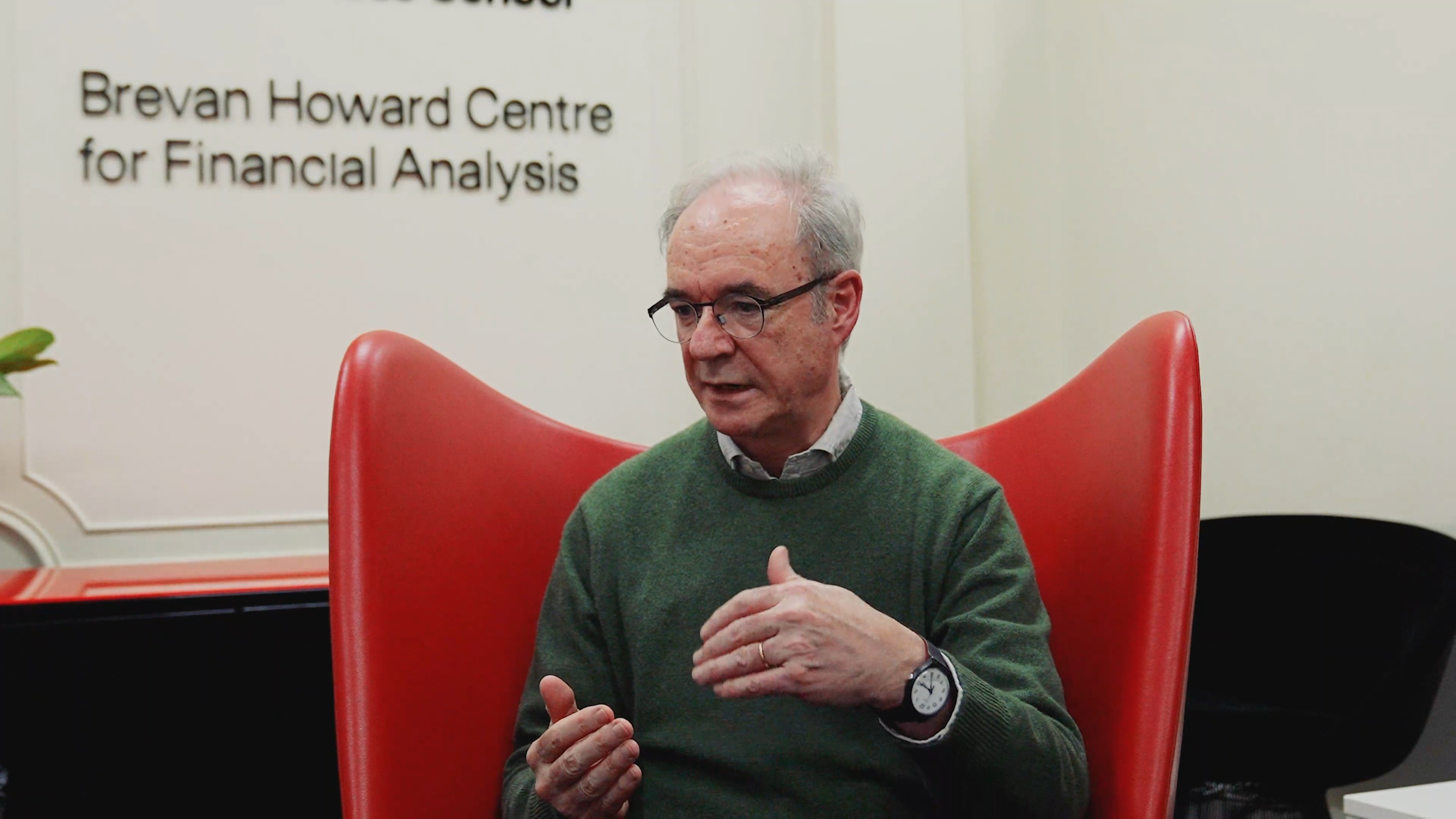In ecology, a discipline described by some as the study of nature’s economy, (ecological) “niche” is a concept that is widely discussed. While concepts such as “evolution” and “ecosystem” are increasingly used in economics (in good and bad ways) – largely due to the increasing recognition of the dynamic and uncertain nature in which economic systems operate – niche is a more seldom-appearing concept in mainstream economics. In fact, a simple search of this word in the titles and abstracts of all the articles in the American Economic Review, one of the oldest and most prestigious academic journals in economics, returns no result.
Generations of ecologists have advanced theories of ecological niche in order to tackle some of the fundamental questions, such as “Why are there so many kinds of animals?”, the title of a 1959 paper by Evelyn Hutchinson, the founder of modern ecology. Such fundamental questions transcend human inquiry in other important fields. For example, we might also question why there is such a vast array of cultures, languages, and technologies. Applying it to economics, one might question why there are so many different kinds of products.
This question is especially pertinent now as the fast rate of product proliferation is a new and defining phenomenon in our increasingly digitalized and globally connected economy. Economist Roger Koppl at Syracuse University coined the term cambiodiversity to describe the product-proliferation phenomenon, borrowing from the paleontological event of Cambrian explosion more than half a billion years ago when biological species suddenly increased exponentially. To tackle the “why” and maybe also the “how” questions, we might draw from disciplines in which similar questions have been asked and relatively well addressed, such as ecology.
In a recent Luohan Webinar, a team comprised by a biologist, an ecologist, and an economist lectured on the concept and theory of economic niche in their recent paper “On the emergence of ecological and economic niches”. The authors include Roberto Gatti at Tomsk State University in Russia and Konrad Lorenz Institute in Austria, Brian Fath from the International Institute for Applied Systems Analysis in Austria and Towson University in the US, and Koppl, as well as Stuart Kauffman, a pioneer in interdisciplinary complexity sciences.
The webinar was presented in three sections: ecological niche, biodiversity and niche emergence, and the emergence of economic niche, by Fath, Gatti and Koppl respectively (check here for the full transcript of webinar, including the slides). Building on the foundations of modern systems ecology and leading biodiversity theories, the speakers elaborated on how the ecological niche theory had progressed from describing a mechanism of partitioning or differentiation in earlier days to now explaining more dynamic and complex emergence processes.
The interdisciplinary team expanded this conceptual model to the question of product diversity and economic niches. Here, niche was conceptualized as a potential market, only to be realized when certain combinations of products and relationships were developed into an adjacent possibility to the niche. The probability of such realizations follows the Theory of Adjacent Possibility (TAP), originally introduced by Stuart Kauffman, such that finding and testing useful combinations among an increasing number of goods becomes much more difficult and less likely. Overall, through the occurrence of novel products and constant tinkering actions that the progressive expansion, or construction, of the space of product possibilities (i.e., economic niche) emerged to bear new products. These new products catalyze further restructuring of the economic niche space and the emergence of more product types in an autocatalytic way. The team used examples from sequential emergence of ICT products and worldwide economic growth to demonstrate the applicability of the theories in explaining economic phenomena.
This novel interdisciplinary research triggered heated discussion among the webinar attendees, of which there were more than 100 from around the world. Professor Shang-Jin Wei from Columbia University, an committee member of the Luohan Academy, asked the speakers to compare and contrast classical economic theories to their new economic niche ideas. One was the “endogenous product variety” concept in the classic Dixit-Stiglitz model of competition and trade and its later modification by Nobel Laureate Paul Krugman, and the other was Martin Weitzman’s “combinatorial innovation model” for explaining faster-than-exponential growth driven by the combinations of ideas.
Koppl responded that the first question was addressed in the paper. The variety of good in the classic equilibrium models does not ramify over time, whereas the niche approach is rooted in an evolutionary, far-from-equilibrium approach of economics, coming from a view much closer to real-world economy, by focusing on ramification of products endogenously from existing ones. On the second theory, the speakers recognized the similarities while pointing out that the TAP approach has the advantage of simplicity. Additionally, the two theories apply combinatorial processes to different targets: product in this research and ideas in Weitzman’s.
Another attendee, Simon Yu Wei from Cambridge, UK, provided an interesting angle in bridging the two using the “structural hole” concept in social network research. Other participants, such as Xuan Luo and Wei Liu from the Academy, raised questions related to the mismatched temporal scales in economic versus ecological changes, as well as the lack of agency in ecological agents compared with economic agents. The full transcript of the discussion can be accessed here.
Broadly, the speakers stressed the importance of recognizing economies as far-from-equilibrium, complex, adaptive systems just like the dynamic web of life in ecosystems. In such systems, the economic web of products “grows into its adjacent possible opportunities, and thus creates its own growing diversity, which leads to the growing econosphere, and the autocatalytic emergence of cambiodiversity”. In real economies, entrepreneurs do apply experience and intelligent search heuristics to discover and fill already-opened niches with new products.
Long Chen, director of the Academy, corroborated the research with observations of rapid growth in product diversity on online platforms such as Alibaba. But he also pointed out that there exists “… a big gap between biology or ecosystem [research] and social science … we urgently need to understand a lot of issues … [such as] how do you foster a good ecosystem? What are the principles? If things are emergent, how do you build the good infrastructure to support that?”
Attendees were in agreement that much more effort is required to combine and integrate the best ideas from different fields that are traditionally connected only in very fragmented ways. A combinatorial process (for research) may be required to generate interdisciplinary insights, especially to link distant ideas with high cross-fertilization potential. Ultimately, the emerging new economy, heavily driven by new technologies, could create the necessary demand for cross-disciplinary exchange. This Academy could find itself constructing the “critical niche” for the new social sciences of the future.
Further readings
Cazzolla Gatti, R., R. Koppl, B. D. Fath, S. Kauffman, W. Hordijk, and R. E. Ulanowicz. (2020) On the emergence of ecological and economic niches, Journal of Bioeconomics, 22, 99-127.
Hutchinson, G. (1959) Homage to Santa Rosalia or Why Are There So Many Kinds of Animals? The American Naturalist, 93(870), 145-159.
Koppl, R., S. Kauffman, T. Felin, & G. Longo (2015) Economics for a creative world, Journal of Institutional Economics, 11(1), 1-31.
Weitzman, M. L., (1998) Recombinant Growth, The Quarterly Journal of Economics, 113 (2), 331–360.









